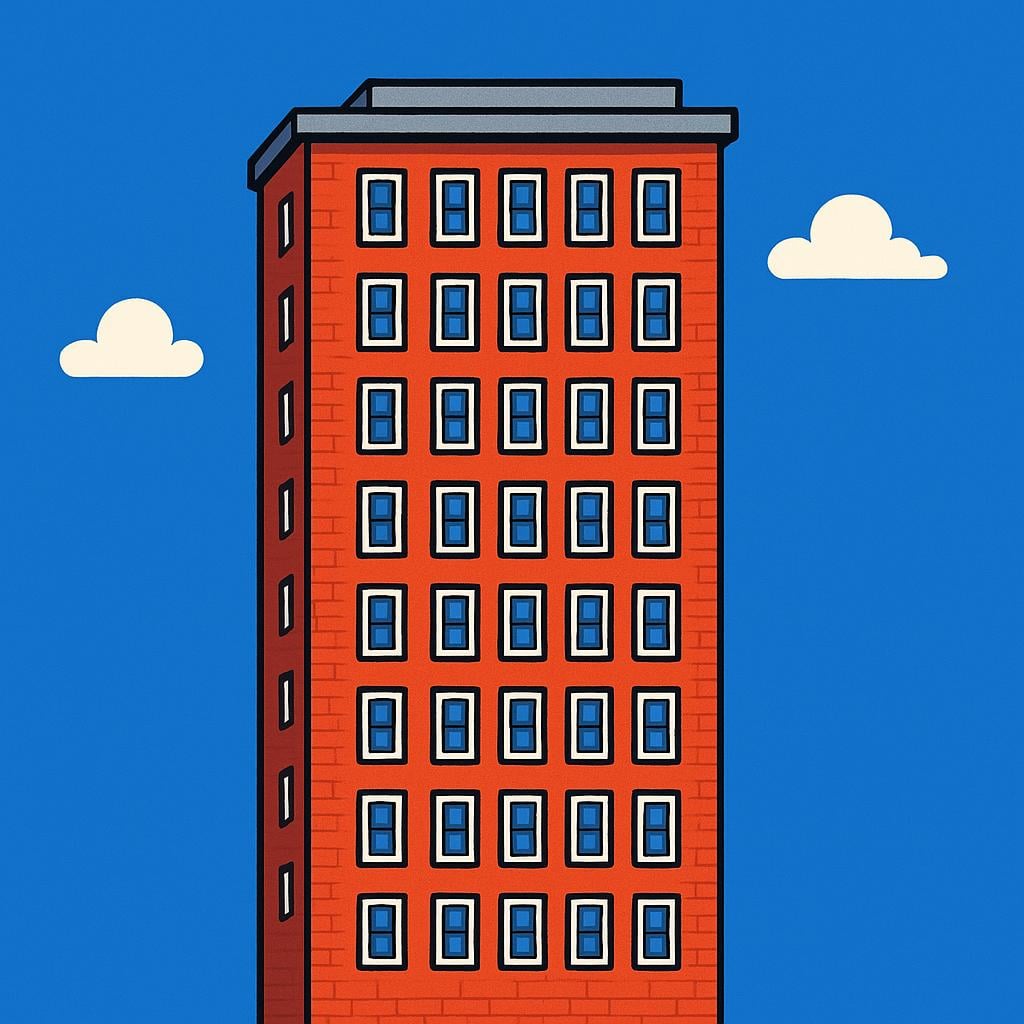
edificio
/e-di-FI-sio/
📝 In Action
Trabajo en el edificio más alto de la ciudad.
A1I work in the tallest building in the city.
Mi apartamento está en un edificio antiguo.
A2My apartment is in an old building.
La construcción del nuevo edificio de oficinas tomará dos años.
B1The construction of the new office building will take two years.
💡 Grammar Points
Always Masculine
Like most Spanish words ending in '-o', 'edificio' is a masculine word. This means you'll always use masculine articles like 'el' (the) and 'un' (a/an) with it. For example, 'el edificio' or 'un edificio grande'.
❌ Common Pitfalls
'Edificio' vs. 'Casa'
Mistake: "Vivo en un edificio con mi familia."
Correction: This is okay if you live in an apartment, but if you mean a 'house', the word is 'casa'. Use 'casa' for a house and 'edificio' for a larger building, often with multiple units or offices.
⭐ Usage Tips
Describing Buildings
You can easily describe what a building is used for by adding 'de' + [purpose]. For example, 'edificio de apartamentos' (apartment building) or 'edificio de gobierno' (government building).
✏️ Quick Practice
💡 Quick Quiz: edificio
Question 1 of 1
If you want to talk about a modern skyscraper where people work, which phrase is the most specific?
📚 More Resources
Frequently Asked Questions
Can 'edificio' ever mean a small building, like a shed?
Not usually. While technically a shed is a building, 'edificio' implies a more substantial structure for people to live or work in. For a shed, you'd be more likely to use words like 'cobertizo' or 'caseta'.
What's the plural of 'edificio'?
The plural is 'edificios'. Since it ends in a vowel, you just add an '-s'. For example, 'Hay muchos edificios altos en Nueva York' (There are many tall buildings in New York).